Understanding **Cricket darts league play rules** is crucial for competitive success; in essence, players must strategically close out numbers and the bullseye before their opponents, all while preventing opponents from scoring on open numbers. This article will thoroughly explain the complete rules, scoring, and strategic elements involved in Cricket darts, specifically for league play.
⚠️ Still Using Pen & Paper (Of een schoolbord)?! ⚠️
Stap in de toekomst! De Dart Teller -app behandelt alle scoren, stelt kassa voor, en volgt uw statistieken automatisch. It's easier than you think!
Probeer de Smart Dart Teller -app gratis!Klaar voor een upgrade? Klik hierboven!
Understanding the Basics of Cricket Darts League Play Rules
Cricket is a strategic darts game enjoyed by players of all skill levels, and understanding the **Cricket darts league play rules** is essential for any aspiring competitor. The game focuses on strategically hitting specific numbers on the dartboard to “open” En “close” them. Unlike some other darts games where the goal is to simply reach a specific score, Cricket requires both accurate hitting and tactical decision-making.
Target Numbers in Cricket Darts
In standard Cricket darts, players only score on the following numbers: 20, 19, 18, 17, 16, 15, and the bullseye (which counts as two separate targets – the outer bullseye and the inner bullseye, sometimes called double bull). These are the only numbers that can be opened, closed, and scored upon. Any dart that lands outside of these numbers does not count towards your score.
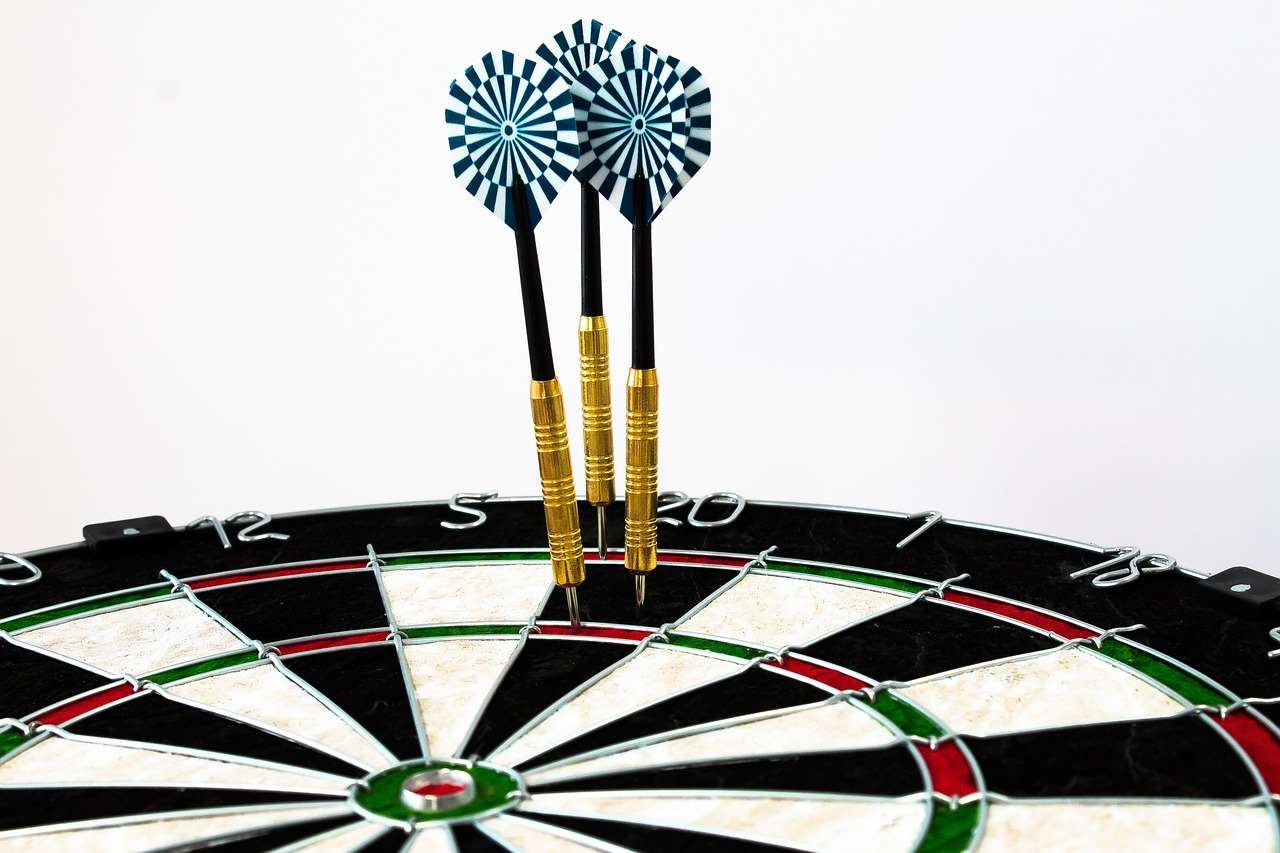
Opening and Closing Numbers
To “open” a number, a player must hit it three times. These hits can be achieved in any combination of single, double, or triple scores. Bijvoorbeeld, hitting a single 20, a double 20, and another single 20 would open the 20. Once a number is opened, the player can then score on that number as long as it is not closed. A number is “closed” when it has been hit three times by all players. Therefore, if you and your opponent both have a number open, you can score on it until your opponent also hits that number the necessary three times, closing it for everyone.
If a player hits a number they have already opened more than three times before their opponent has hit it three times, those extra hits become points. The player will continue to score on that number until it is closed.
Winning the Game
To win a game of Cricket, a player must:
- Close all the target numbers (20, 19, 18, 17, 16, 15, and bullseye).
- Have a score equal to or greater than their opponent’s score.
This means that closing all the numbers first is not always enough to win. If a player closes all the numbers but is behind in points, they must continue to score on already closed numbers (assuming they were previously open) until they have more points than their opponent, or their opponent closes all the numbers and gets ahead on points. If you are in a **darts for mixed ability groups**, this rule adds a strategic layer to the game. Be sure to check here for more information about this strategy.
Detailed Breakdown of Cricket Darts Scoring
Understanding the scoring system is vital for mastering the strategy of Cricket darts. The game involves a unique combination of opening, closing, and accumulating points on specific numbers.
The Mechanics of Scoring
Once a player has opened a number, every subsequent hit on that number earns them points, provided their opponent has not closed the number yet. Here’s how the scoring works:
- Enkel: Hitting the single section of a number awards one point for that number.
- Dubbele: Hitting the double section of a number awards two points for that number.
- Triple: Hitting the triple section of a number awards three points for that number.
- Bullseye: Hitting the outer bullseye awards one point (counted as one hit on the bullseye target). Hitting the inner bullseye (double bull) awards two points (counted as two hits on the bullseye target).
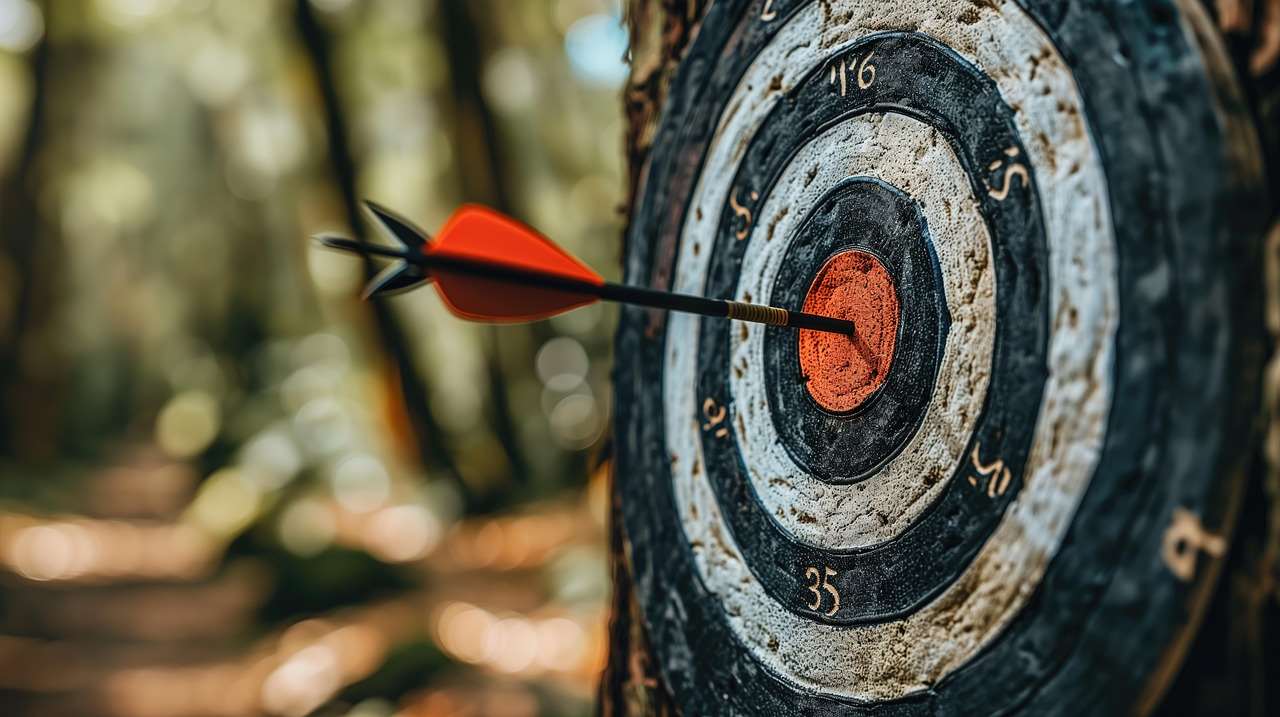
Example Scoring Scenarios
Let’s illustrate with a few examples:
- Player A opens the 20. They then hit a triple 20. They score 3 points.
- Player B opens the 19. Player A hits a double 19. Player A scores 2 points, as Player B has opened the 19 and Player A hasn’t closed it.
- Player A opens the bullseye. They then hit the double bull. They score 2 points.
Strategic Scoring Considerations
The scoring system encourages strategic play. Players often focus on opening numbers their opponents struggle with to gain a scoring advantage. Omgekeerd, they may prioritize closing numbers their opponents have opened to prevent them from racking up points. This is especially true when you are making darts games fair players with varying skill levels.
Advanced Cricket Darts League Play Rules and Strategies
Beyond the fundamental rules, advanced **Cricket darts league play rules** often involve strategic adaptations and interpretations that can significantly impact gameplay.
The Importance of the Cork
In league play, A “cork” is typically thrown to determine which player or team goes first. Each player throws one dart at the bullseye, and the player whose dart is closest to the center starts the game. In some leagues, if a player hits the bullseye, it is considered the closest possible throw, regardless of where the opponent’s dart lands.
Tiebreakers
Leagues often have specific tiebreaker rules in case players are tied after a predetermined number of rounds. Common tiebreaker methods include:
- Sudden Death: Each player throws one dart at the bullseye, with the closest dart winning.
- Head-to-Head Record: The player with the better record against their opponent during the season wins.
- Point Differential: The player with the higher point differential across all games played wins.
League-Specific Rule Variations
It’s crucial to be aware that different leagues may have slight variations in their Cricket darts rules. These variations might include:
- Starting Score: Some leagues may start players with a predetermined score to equalize differences in skill.
- Bullseye Value: Some leagues might count the outer bullseye as 25 points and the inner bullseye (double bull) as 50 points, rather than counting them as single and double hits towards closing the bullseye.
- Closing Requirements: Some leagues might require a player to hit the closing number with a double.
Always consult the specific league rules before playing to avoid any misunderstandings or disputes. You might consider adjusting dart game rules slightly to better suit your group’s preferences.
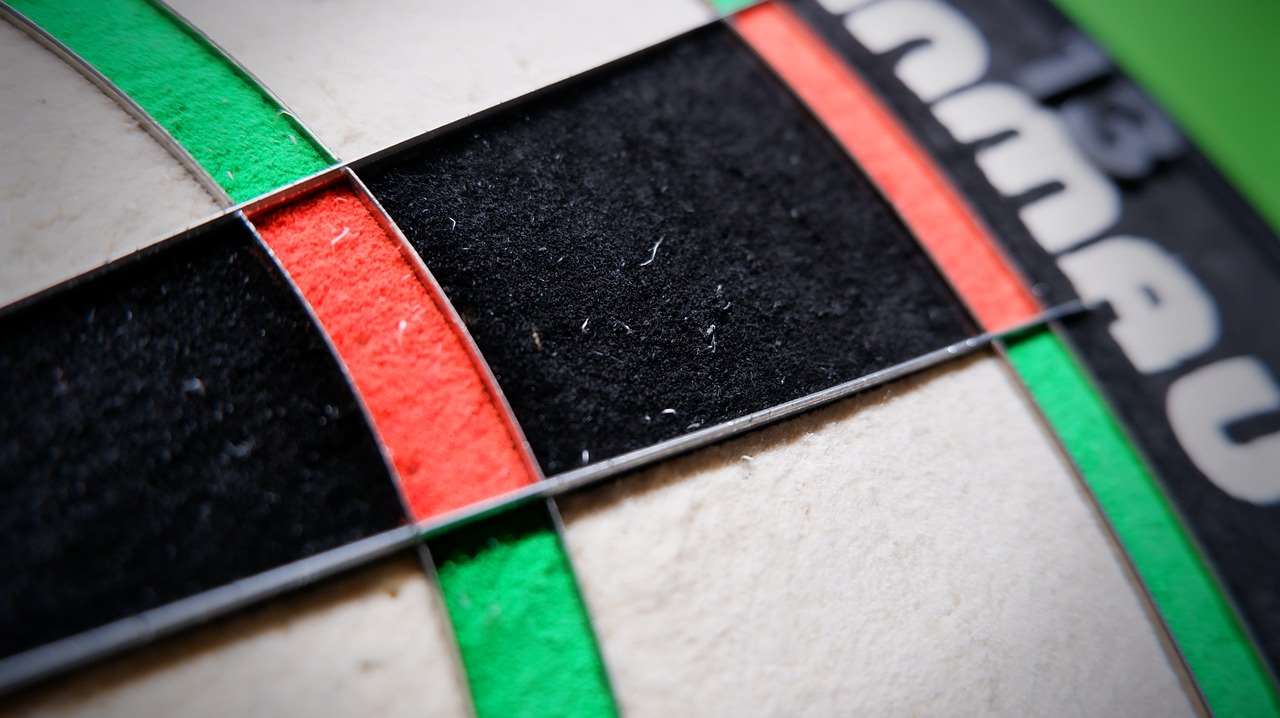
Strategic Considerations for League Play
In league play, where consistency and strategic planning are crucial, consider these advanced tactics:
- Opponent Analysis: Identify your opponent’s strengths and weaknesses. Do they struggle with certain numbers? Focus on opening those numbers and scoring heavily on them.
- Defensive Play: If your opponent is racking up points on a specific number, prioritize closing it down, even if it means sacrificing your own scoring opportunities.
- Late-Game Strategy: If you’re ahead in points but your opponent is close to closing all the numbers, switch to a defensive strategy and focus on closing the remaining numbers yourself.
- Practice and Consistency: Regular practice is essential for improving your accuracy and consistency. Focus on hitting the numbers you struggle with the most.
Common Mistakes to Avoid in Cricket Darts League Play
Even experienced darts players can fall victim to common mistakes in Cricket. Avoiding these pitfalls can significantly improve your performance.
Neglecting Defensive Play
Many players focus solely on scoring and neglect the importance of defensive play. Ignoring your opponent’s progress can lead to them quickly racking up a significant point advantage. Always be aware of which numbers your opponent has opened and prioritize closing them down if they are scoring heavily.
Ignoring the Score
It’s easy to get caught up in closing numbers and forget to keep track of the score. Remember that you must have a score equal to or greater than your opponent’s to win. Don’t close all the numbers and then realize you’re still behind in points!
Overlooking the Bullseye
The bullseye is often overlooked as a scoring target, but it can be a valuable asset. It’s a relatively small target, but hitting it can quickly close out the bullseye target and potentially give you a point advantage.
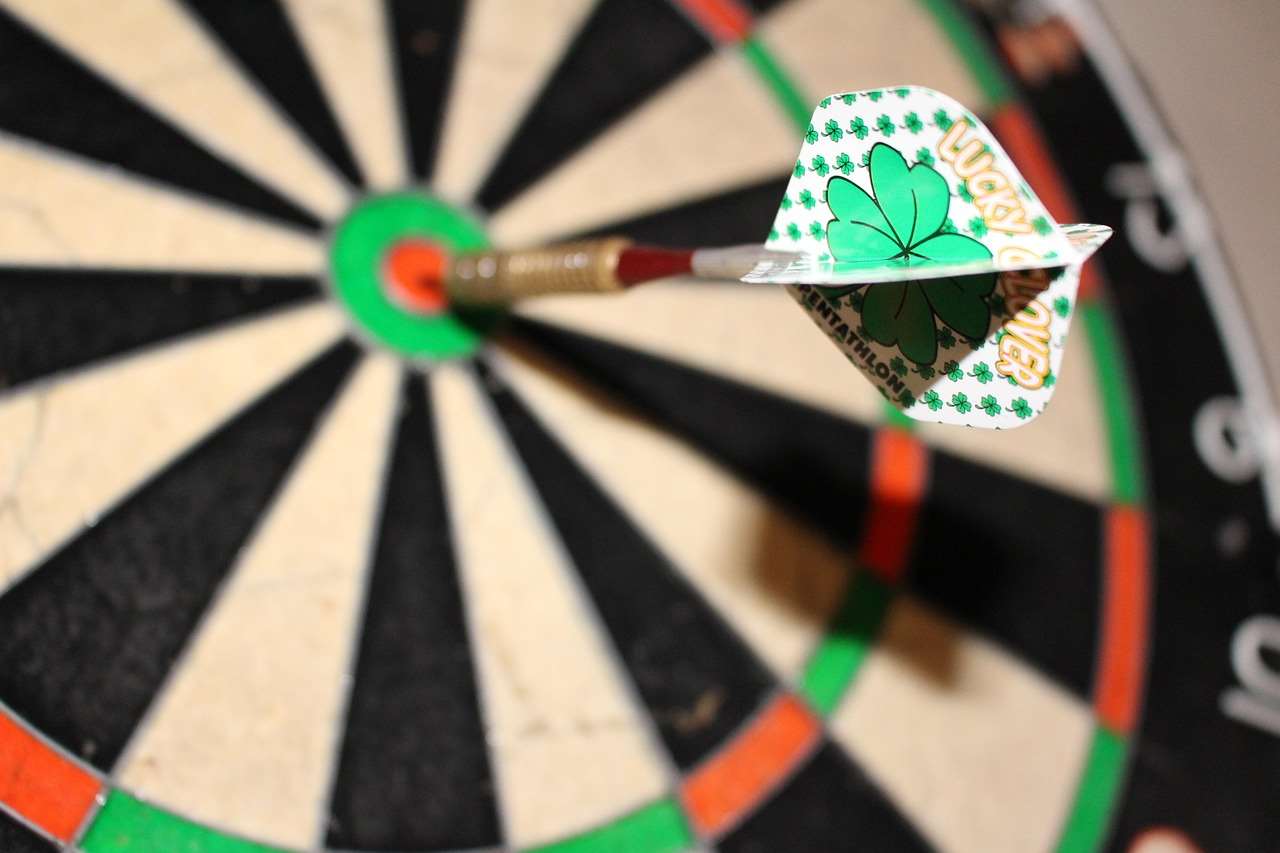
Not Adapting to Your Opponent
Every darts player has their strengths and weaknesses. If you’re playing against a player who is particularly good at hitting the 20, don’t waste your time trying to outscore them on that number. In plaats van, focus on opening and scoring on other numbers they struggle with. Adapting darts games skills is essential.
Poor Sportsmanship
Maintaining good sportsmanship is crucial in any league. Avoid excessive celebration after good throws, and always be respectful of your opponent, regardless of the outcome of the game. Herinneren, darts is a game of skill and strategy, but it’s also meant to be fun!
Tips for Improving Your Cricket Darts Game
Improving your Cricket darts game requires a combination of practice, strategie, and mental focus.
Oefen regelmatig
Consistent practice is essential for improving your accuracy and consistency. Dedicate time each week to practice hitting the target numbers (20, 19, 18, 17, 16, 15, and bullseye). Focus on hitting singles, doubles, and triples to develop your overall dart-throwing skills. If you are playing beginner vs pro dart game rules, this is very important!
Develop a Pre-Throw Routine
A consistent pre-throw routine can help you focus and improve your accuracy. This routine might include taking a deep breath, aligning your stance, and visualizing the dart hitting the target. Find a routine that works for you and stick to it.
Analyze Your Game
Keep track of your scores and analyze your game to identify areas for improvement. Which numbers do you struggle with the most? Are you consistent with your throws? By analyzing your game, you can focus your practice on the areas where you need the most improvement. Also, overwegen scaling dart game difficulty to better suit your practice.
Mental Toughness
Darts is a mental game as much as it is a physical one. Developing mental toughness can help you stay focused and perform under pressure. Learn to control your emotions, stay positive, and avoid letting mistakes affect your confidence.
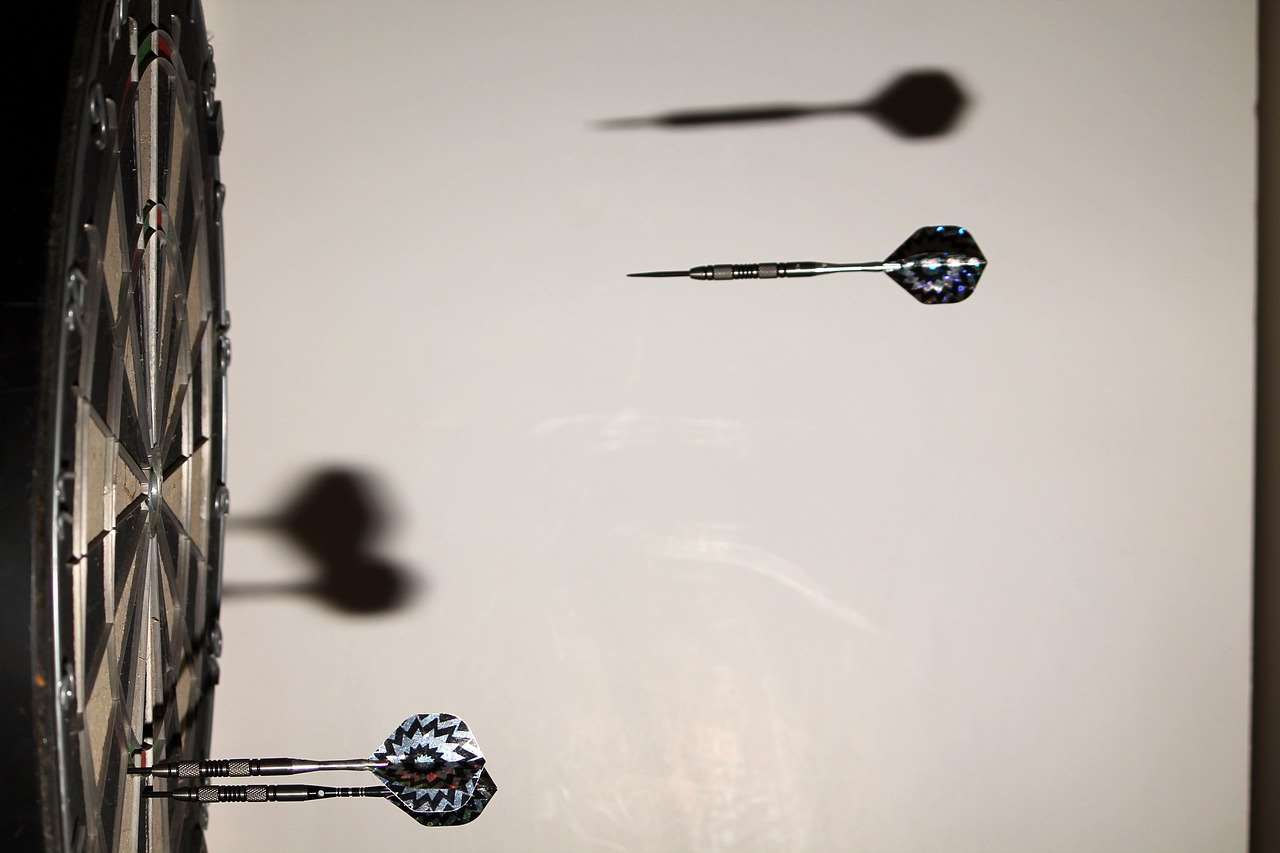
Conclusie: Mastering Cricket Darts League Play Rules
Understanding and mastering **Cricket darts league play rules** is essential for success in competitive darts. By grasping the intricacies of opening, closing, and scoring, and by avoiding common mistakes, you can significantly improve your performance. Remember to practice regularly, analyze your game, and develop a strong mental game. Put these strategies into practice, and you’ll be well on your way to dominating the league!
Ready to elevate your darts game? Join a local darts league today and put your newfound knowledge to the test! Don’t forget to review the specific league rules before playing to ensure a fair and enjoyable competition.
Hoi, Ik ben Dieter, En ik heb Dartcounter gemaakt (Dartcounterapp.com). Mijn motivatie was geen darts -expert - helemaal tegenovergestelde! Toen ik voor het eerst begon te spelen, Ik hield van het spel, maar vond het moeilijk en afleidend om nauwkeurige scores te houden en statistieken te volgen.
Ik dacht dat ik niet de enige kon zijn die hiermee worstelde. Dus, Ik besloot om een oplossing te bouwen: een eenvoudig te gebruiken applicatie die iedereen, Ongeacht hun ervaringsniveau, zou kunnen gebruiken om moeiteloos te scoren.
Mijn doel voor Dartcounter was eenvoudig: Laat de app de nummers afhandelen - het scoren, de gemiddelden, de statistieken, Zelfs checkout suggesties - zodat spelers puur kunnen richten op hun worp en genieten van het spel. Het begon als een manier om het probleem van mijn eigen beginners op te lossen, En ik ben heel blij dat het is uitgegroeid tot een nuttig hulpmiddel voor de bredere darts -community.